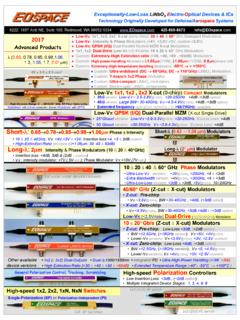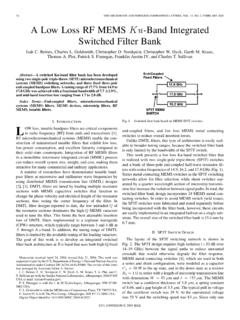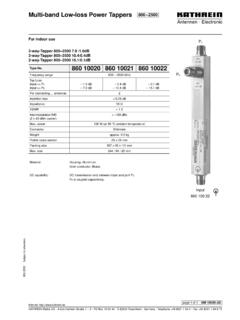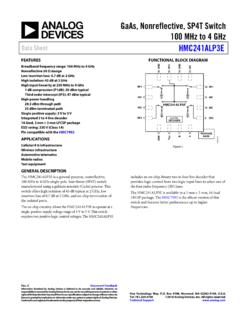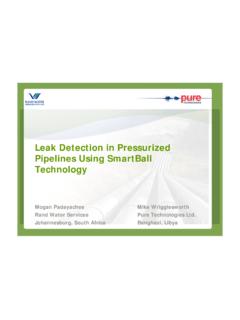Transcription of INSERTION OF A PORTACATH - brisliver.com.au
1 Brisbane Liver and Gallbladder Surgery Suite 207, Ramsay Specialist Centre Newdegate Street, Greenslopes QLD 4120 Phone: 3847 3000 Fax: 3847 3002 Web Site: INSERTION OF A PORTACATH THIS INFORMATION REFLECTS THE PERSONAL PRACTICE OF DR KELLEE SLATER ONLY AND DOES NOT SUBSTITUTE FOR DISCUSSION WITH YOUR SURGEON. Dr Kellee Slater 2012 YOUR ADMISSION DETAILS: Your admission date is: _____ Date of your operation: _____ Fasting time from: _____ Day Surgery Patient Stay ! Overnight Patient Stay !
2 Greenslopes Private Hospital Admissions (Phone 1800 777 101) will contact you the day before you are due to enter the hospital to confirm the details. 1 Brisbane Liver and Gallbladder Surgery Suite 207, Ramsay Specialist Centre Newdegate Street, Greenslopes QLD 4120 Phone: 3847 3000 Fax: 3847 3002 Email: Web Site: WHAT IS A PORTACATH ? A PORTACATH is a plastic catheter attached to a small port or reservoir. It is placed in a large vein in the neck. It is implanted beneath the skin and aside from a visible lump, there is no tubing to be seen and the device is completely covered by healed skin.
3 WHY IS A PORTACATH INSERTED? A PORTACATH is used when people need to have frequent intravenous injections of drugs chemotherapy, immune treatments. These drugs must be given into a large vein because they can be toxic and damage the small veins in the arms. Having the port enables the needles to be inserted relatively painlessly and leaves the arms free for other activities. It also saves the veins in the arm from being damaged from long term use. HOW IS THE PORT USED? The port is completely under the skin.
4 It has a small chamber that is filled with fluid. When it needs to be accessed a needle is inserted into the port. This needle may stay in for many hours and you will not feel it. Nurses must be specially trained to put the needle in the port. The skin under the port will become numb very quickly and there should be very little discomfort involved WHAT LIQUID IS IN THE PORT? The port will contain a liquid medication called heparin. This thins the blood and helps to stop clots forming in the tube. This heparin will be removed from the port before each use.
5 2 Brisbane Liver and Gallbladder Surgery Suite 207, Ramsay Specialist Centre Newdegate Street, Greenslopes QLD 4120 Phone: 3847 3000 Fax: 3847 3002 Email: Web Site: HOW IS A PORTACATH INSERTED? It is normally done as a day procedure under a general anaesthetic (completely asleep). A tube is placed in one of the four large veins in the neck (either the subclavian or jugular veins of either side.) The tube is about 15cm long and its tip sits at the point where these blood vessels enter the heart.
6 Its position is checked with an X-ray before you leave the operating theatre. These veins are accessed via an incision about 4cm long just under the collar bone on the right OR left sides. The position of these large veins may vary in each person. Sometimes it is necessary to try on both sides to insert the catheter. The tube is attached to a port about the size of a 50 cent piece. This is anchored to the muscle of the chest wall and covered with skin. HOW LONG CAN A PORTACATH STAY IN? A port can safely stay in for many months and even years.
7 It is left in until you have finished your treatment. Your oncologist will usually advise me when it is ready to come out. If it becomes infected it will need to be removed urgently. (see below) HOW IS THE PORT REMOVED? Taking the port out is usually easier than putting it in. It can be done under a local or general anaesthetic and takes about 10 minutes. The old incision is reopened and the port pulled out. WHAT ARE THE COMPLICATIONS OF PORTACATH INSERTION ? There are a great many complications of portacaths outlined below.
8 I must stress that most of these are uncommon and the benefits of having a PORTACATH outweigh the risks. General Risks: Anaesthetic risks; like any surgery, there is a small risks of severe allergy, inhalation of vomitus, drug reaction and even death during an anaesthetic. (1/50,000) Risks specific to portacaths: Pneumothorax: The large blood vessels of the neck are very close to the lung. When placing the port, the lung may be punctured. An X-ray will be taken of your chest in the recovery unit to determine if this has occurred.
9 If it has, then you may require a small 3 Brisbane Liver and Gallbladder Surgery Suite 207, Ramsay Specialist Centre Newdegate Street, Greenslopes QLD 4120 Phone: 3847 3000 Fax: 3847 3002 Email: Web Site: tube to be placed in your chest to evacuate the air. You will then need to stay in the hospital for observation. The tube will usually be removed within 2 3 days. Rarely does this problem require surgery to fix the puncture. The punctured lung is usually obvious immediately, but in some cases, it may not present itself for several days.
10 If you experience shortness of breath, you should return to the hospital. Abnormal heart beats: This may occur during the surgery and is usually quickly correctable. Rarely, in patients that are very unwell it is fatal. Infection: There are two types of infections that occur. Infection of the skin wound occurs in the first 5 days of the surgery. This can sometimes go on to infect the port itself. Aggressive treatment with intravenous antibiotics is usually required. Infection of the port may occur at anytime.

